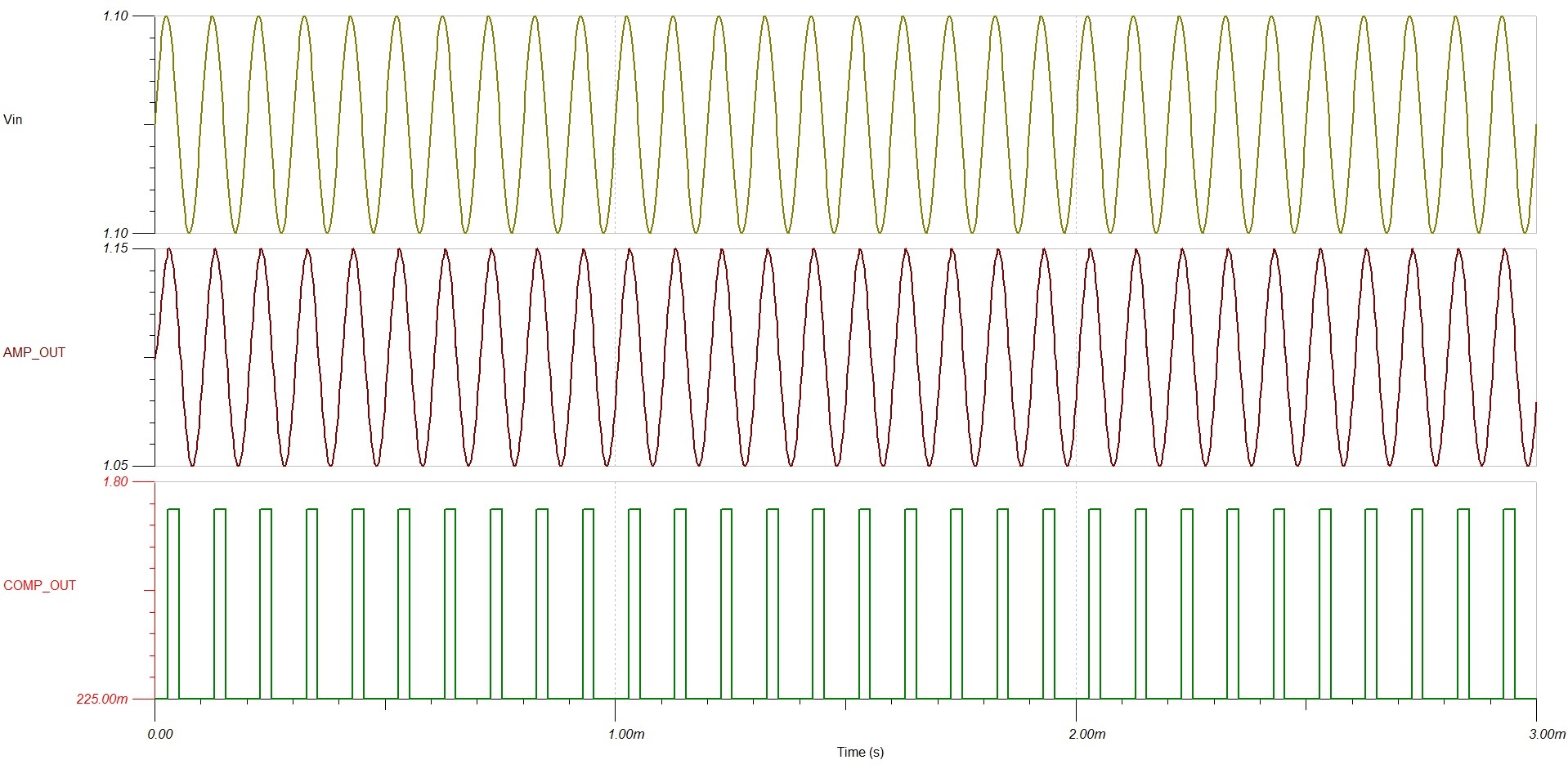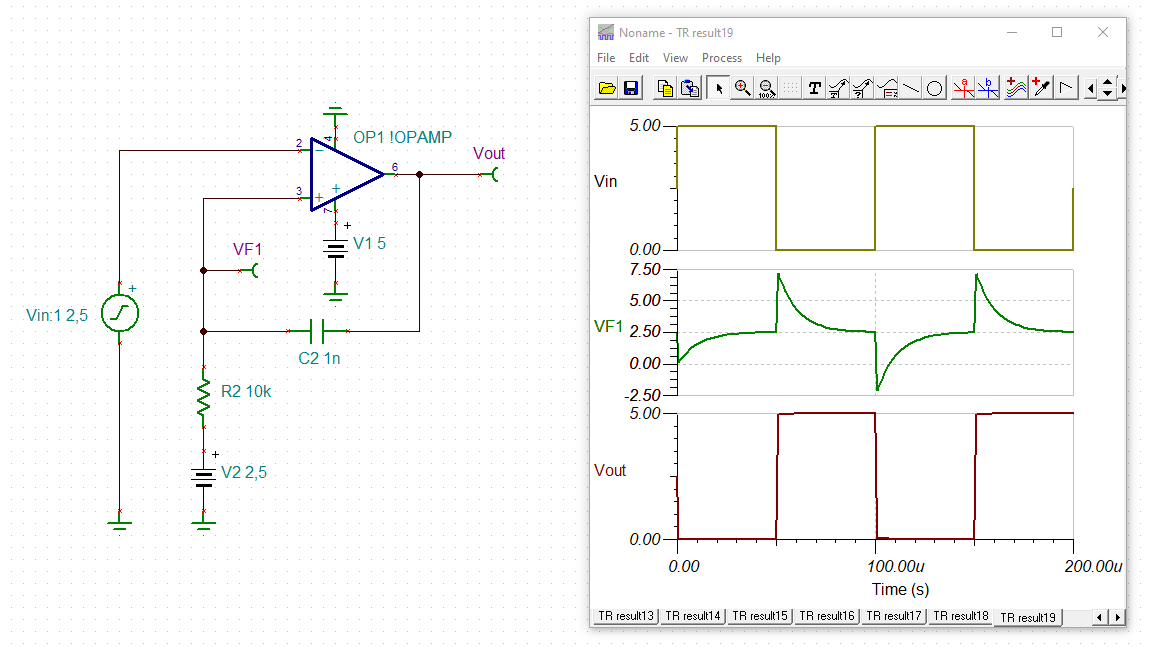Other Parts Discussed in Thread: TINA-TI, TLV3491
Dear Team,
I am using TLV7031 for one of my applications.
TLV7031 is powered with 1.8V, but during the high state, it is only going to 1.6V. May I know why it is happening like this.
Please find the attached TINA simulation file and Output waveforms.
Regards




